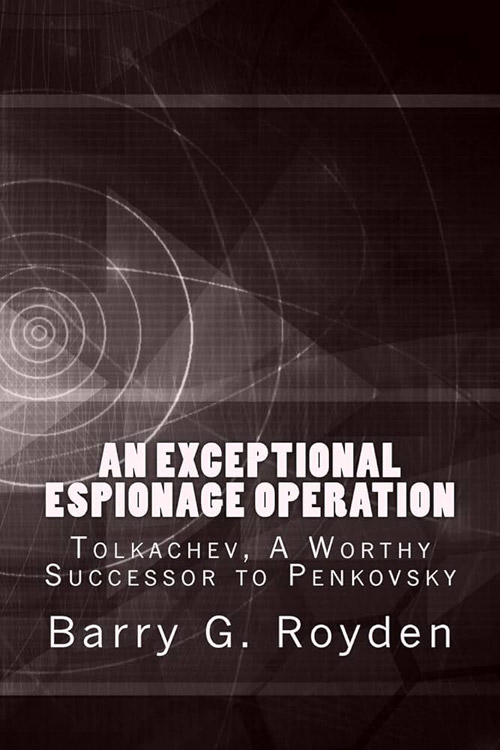
An Exceptional Espionage Operation
In January 1977, on a typically depressing winter evening in Moscow, the local CIA chief left his office and drove to a nearby gas station used by diplomats. While waiting for gas, he was surprised when a middle-aged Russian approached him and asked him in English if he was an American. When the CIA chief answered affirmatively, the Russian placed a folded paper on the car seat and departed. The CIA chief later noted that he was the only American-plated car at the gas station, and the man appeared to be waiting for an American to appear.
The man was calm and had thought out his approach. The note, written in Russian, was short and to the point. The writer said that he wanted to “discuss matters” on a “strictly confidential” basis with an “appropriate American official.” He then suggested a discreet meeting at a given time and place in the car of an American official or a Metro station entrance. The writer also suggested a signal—a parked car at a specific place and time, facing either one direction or the other—to indicate which meeting arrangement was preferred. The note contained sketches of the exact locations of the two optional sites and where the car should be parked to trigger a meeting. It would be a long and tortuous process before secure contact would be established between the CIA and this “intelligence volunteer.”
The KGB had established a pattern in the Soviet Union of running “dangles” (ostensible intelligence volunteers controlled by the KGB), which made it risky to respond to any potential volunteer. Dangles were aimed at flushing out Agency personnel so that they could be expelled from the country and to obtain important information on the CIA’s methods of operation.
Read or download Book
Barry G. Royden
Biography.
No author information is available.






